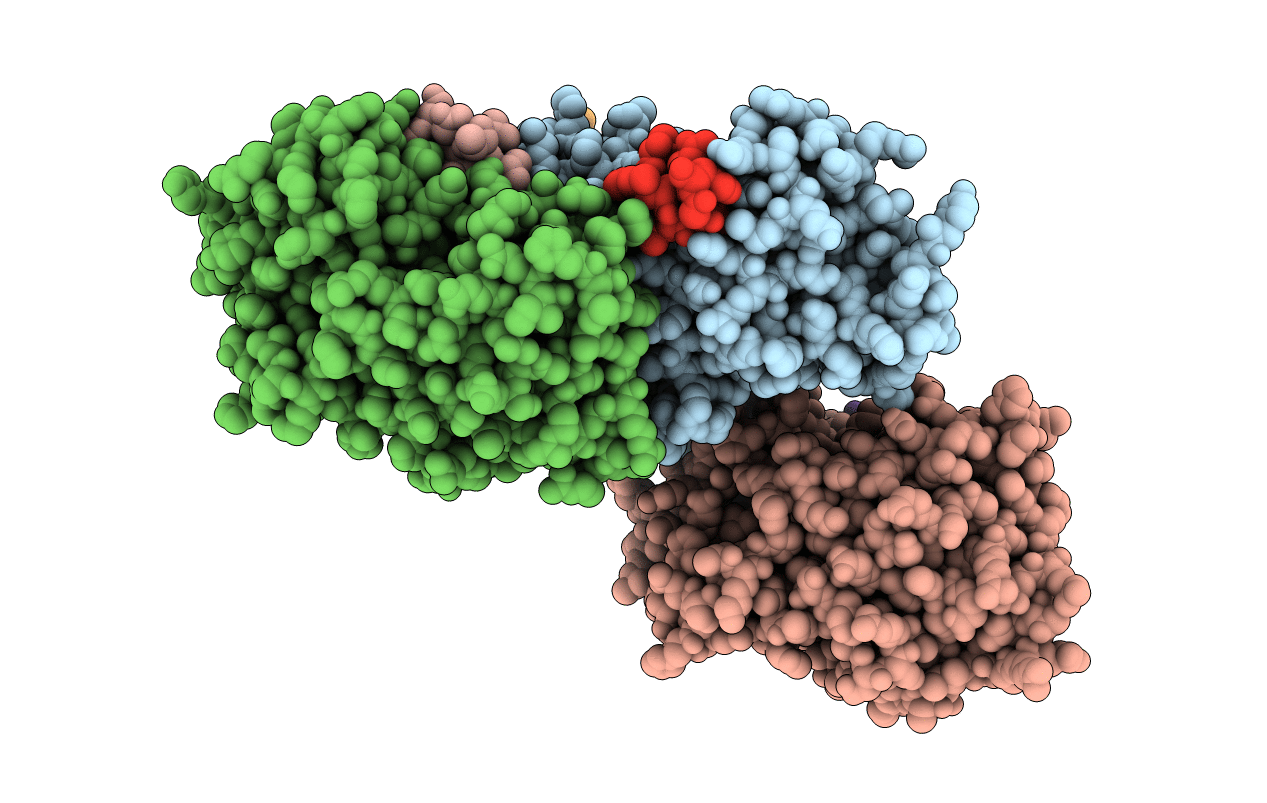Abstact
The T-cell-specific retinoic acid receptor (RAR)-related orphan receptor-γ (RORγt) is a key transcription factor for the production of pro-inflammatory Th17 cytokines, which are implicated in the pathogenesis of autoimmune diseases. Over the years, several structurally diverse RORγt inverse agonists have been reported, but combining high potency and good physicochemical properties has remained a challenging task. We recently reported a new series of inverse agonists based on an imidazopyridine core with good physicochemical properties and excellent selectivity. Herein we report eight new X-ray crystal structures for different classes of natural and synthetic compounds, including examples selected from the patent literature. Analysis of their respective binding modes revealed insight into the molecular mechanisms that lead to agonism, antagonism, or inverse agonism. We report new molecular mechanisms for RORγt agonism and propose a separation of the inverse agonists into two classes: those that act via steric clash and those that act via other mechanisms (for the latter, co-crystallization with a co-activator peptide and helix 12 in the agonist position is still possible). For the non-steric clash inverse agonists, we propose a new mechanism ("water trapping") which can be combined with other mechanisms (e.g., close contacts with H479). In addition, we compare the interactions made for selected compounds in the "back pocket" near S404 and in the "sulfate pocket" near R364 and R367. Taken together, these new mechanistic insights should prove useful for the design and optimization of further RORγt modulators.



